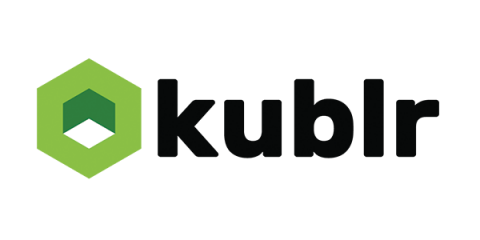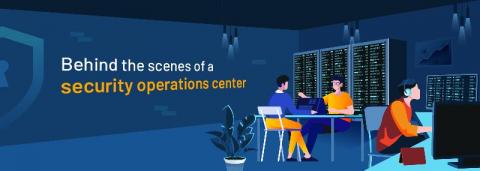Operations | Monitoring | ITSM | DevOps | Cloud
Security
The latest News and Information on CyberSecurity for Applications, Services and Infrastructure, and related technologies.
Announcing the Tigera - Nutanix Partnership
Today we are pleased to announce our partnership with Nutanix, creators of the industry’s most popular hyper-converged infrastructure (HCI) technology. HCI combines datacenter hardware using locally-attached storage resources with intelligent software to create flexible building blocks that replace legacy infrastructure consisting of separate servers, storage networks, and storage arrays.
Kubernetes RBAC 101: Authentication
In part one of this series on Kubernetes RBAC, we introduced authentication and authorization methods. In this article, we’ll dive a little deeper into authentication — a prerequisite for RBAC. As we saw, there are a few authentication methods including client certificates, bearer tokens, HTTP basic auth, auth proxy, and impersonation. Because HTTP basic auth and statically configured bearer tokens are considered insecure, we won’t cover them here.
Why HTTPS is important for your website security
HTTP, which stands for Hypertext Transfer Protocol, is a communication protocol used by your browser to connect to the web server of the site you're looking for. When HTTP data transfer between the browser and the web server is shared via unencrypted hypertext, anybody connected to your network can intercept the data you're transferring. To combat this, it's best to switch to HTTPS, the more secure extension of HTTP. You can't verify data integrity with HTTP
Rethinking Modern SOC Workflow
Data Security Management and Control 101: What Is Data Loss Prevention?
Companies and businesses of all sizes collect and save all types of data. This data can be valuable to others if it were to be leaked outside the business. Data security management and control using the right data loss prevention (DLP) solutions are necessary to protect this and other types of data. So, what exactly is DLP? In general, DLP consists of the tools, apps, and other data loss prevention techniques businesses implement to keep their data safe and secure.
The New Normal: Organizations Need Security Leaders More Than Ever
The world is changing at a pace not seen in modern history. Security leaders, including chief information security officers (CISOs), face new security challenges as well as opportunities. As COVID-19 drives workers to look for new ways to live and work, organizations must be proactive. The ‘new normal’ may seem scary at first, but savvy CISOs who see beyond tactical changes to the threat landscape can capitalize on opportunities.
Security operations center, Part 1: The guardian of your organization
Hackers arm themselves with the latest technologies, employ different techniques, and try to exploit all possible vulnerabilities in the security of an organization. With these tools under their belt, hackers will persist until they get what they want. To stay one step ahead of hackers and remain up to date on cutting-edge technologies, your organization needs a dedicated team whose main objective is to detect and stop cyberattacks that threaten it.
12 Container image scanning best practices to adopt in production
Don’t miss out on these 12 image scanning best practices, whether you are starting to run containers and Kubernetes in production, or want to embed more security into your current DevOps workflow. One of the main challenges your teams face is how to manage security risk without slowing down application delivery. A way to address this early is by adopting a Secure DevOps workflow.











